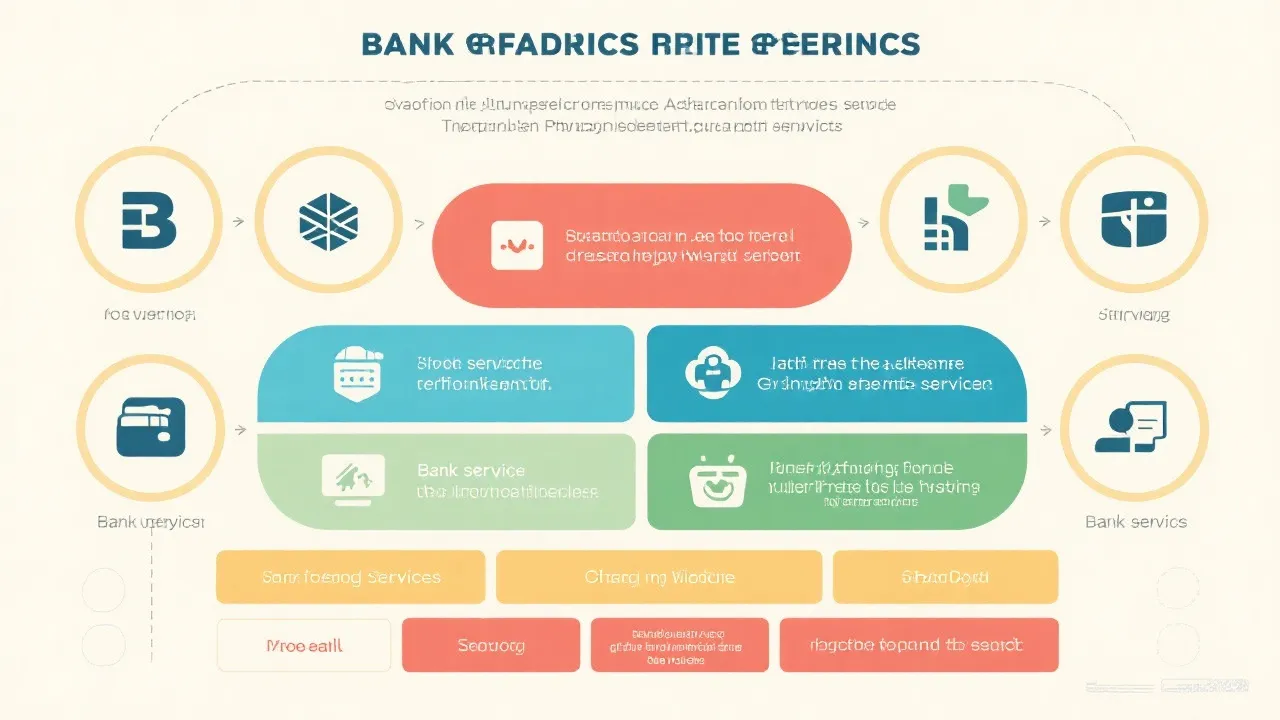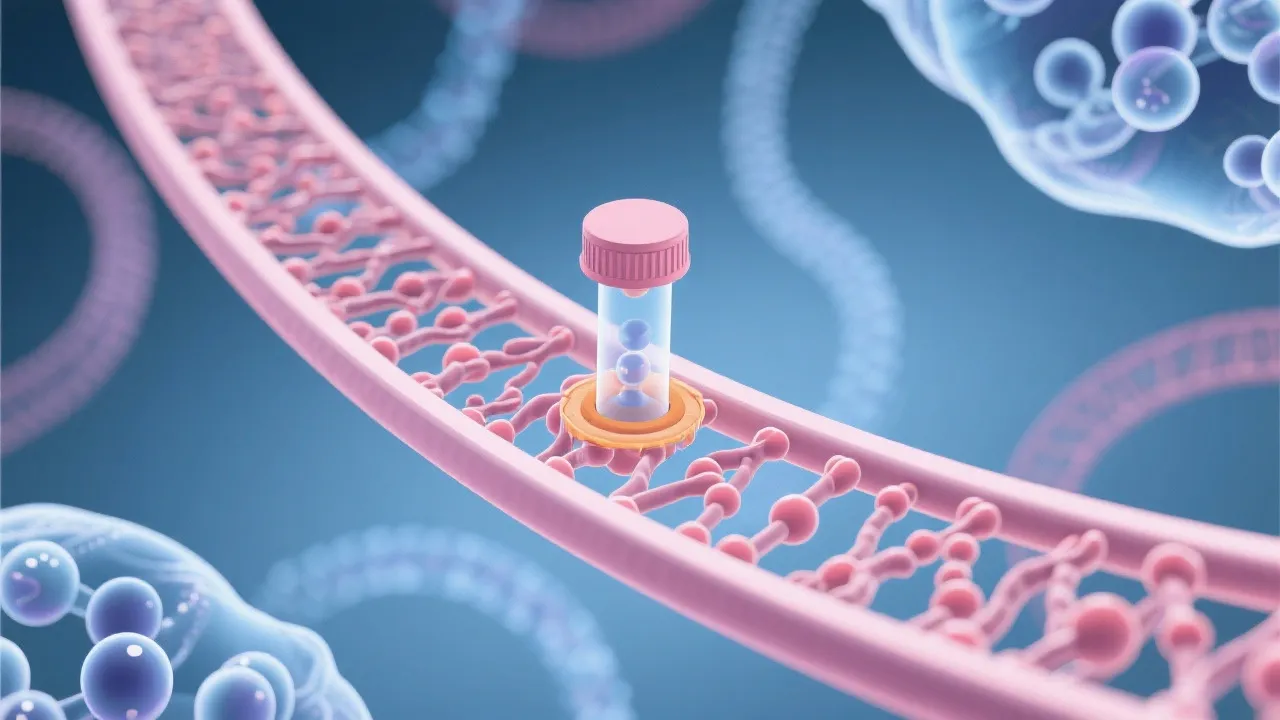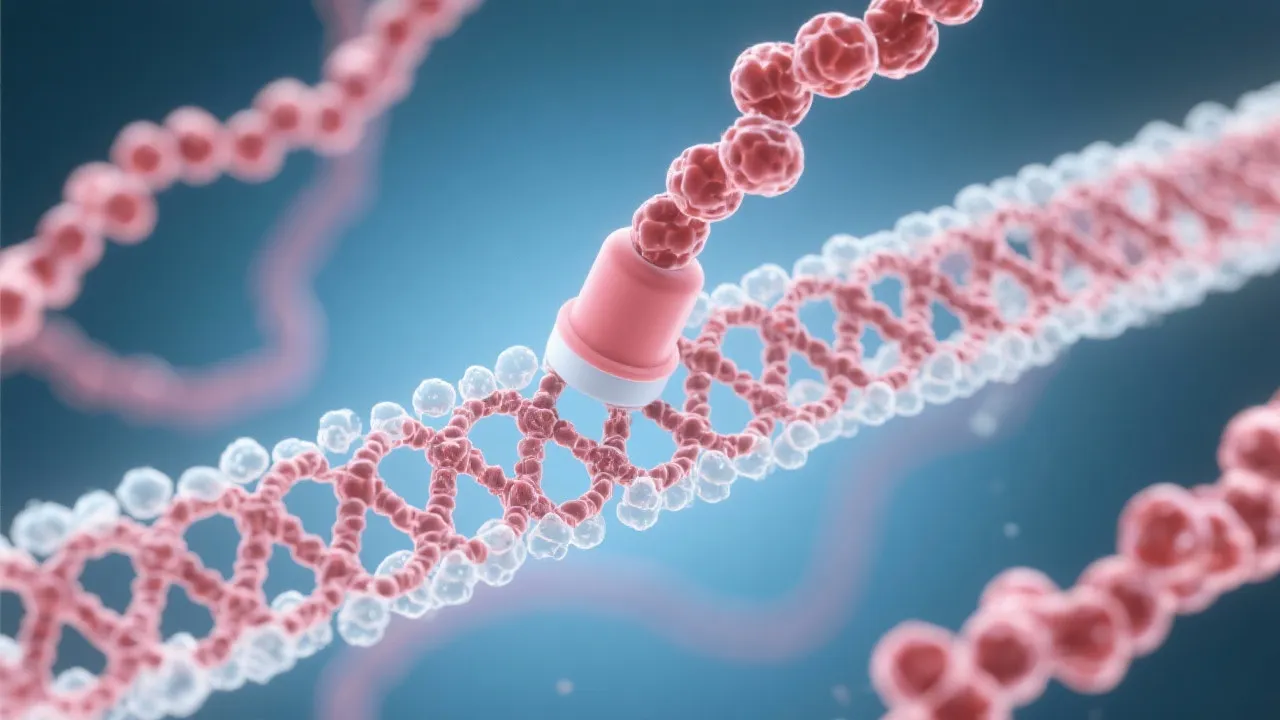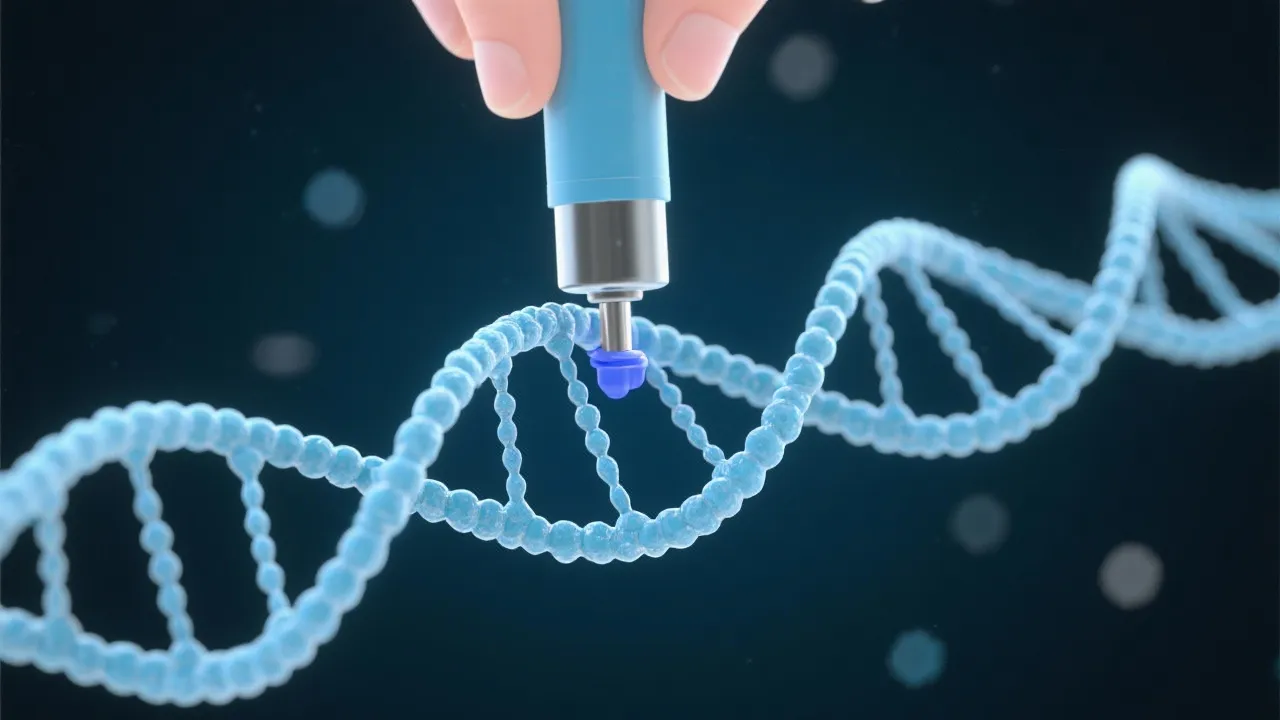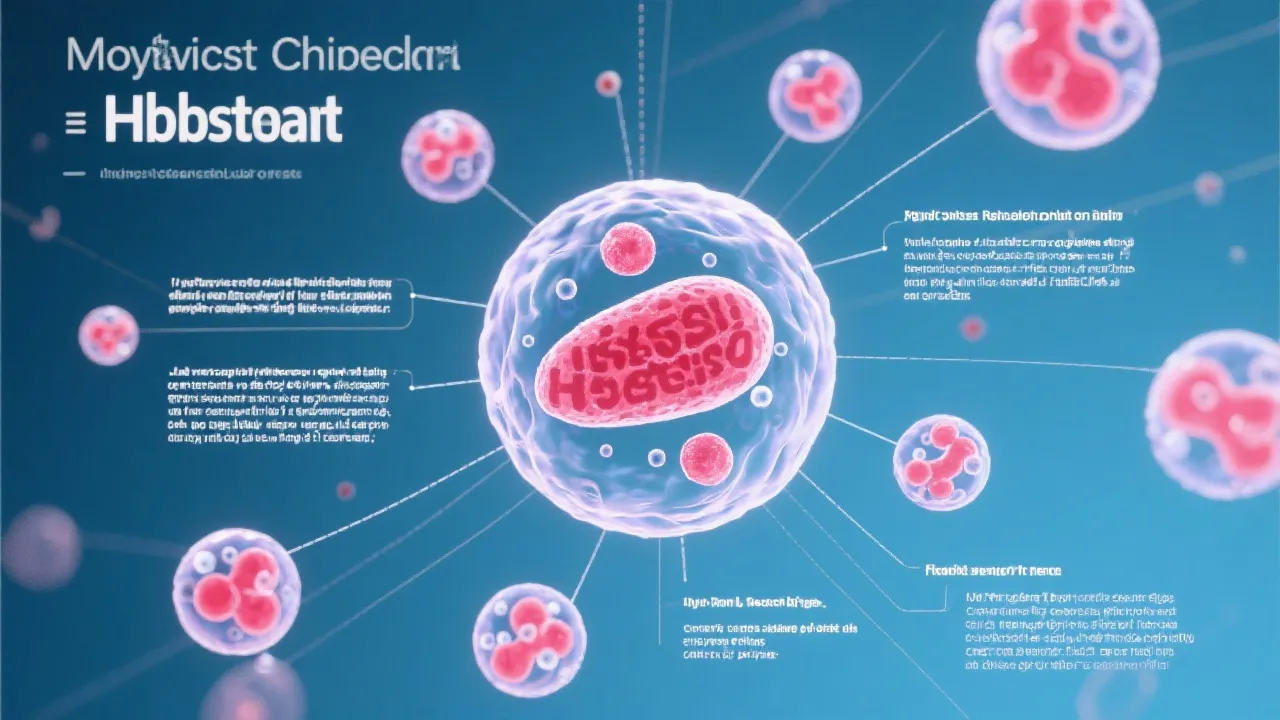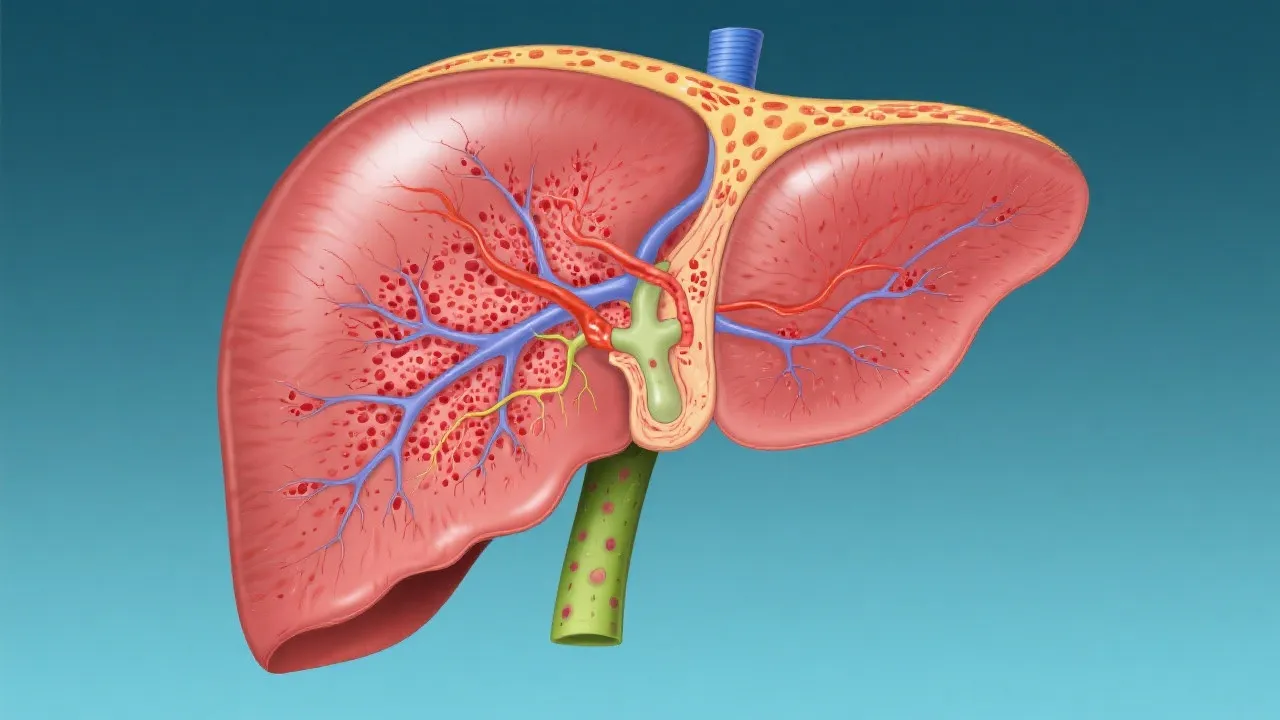Understanding mRNA Capping Processes
This article delves into the scientific intricacies of mRNA capping, a critical modification in the post-transcriptional processing of eukaryotic mRNA. It discusses the biochemical pathways involved, the role of mRNA capping in cellular function, and its implications in various fields, such as therapeutic research and biotechnology. Emphasis is placed on how mRNA capping is essential for mRNA stability and efficient protein translation.
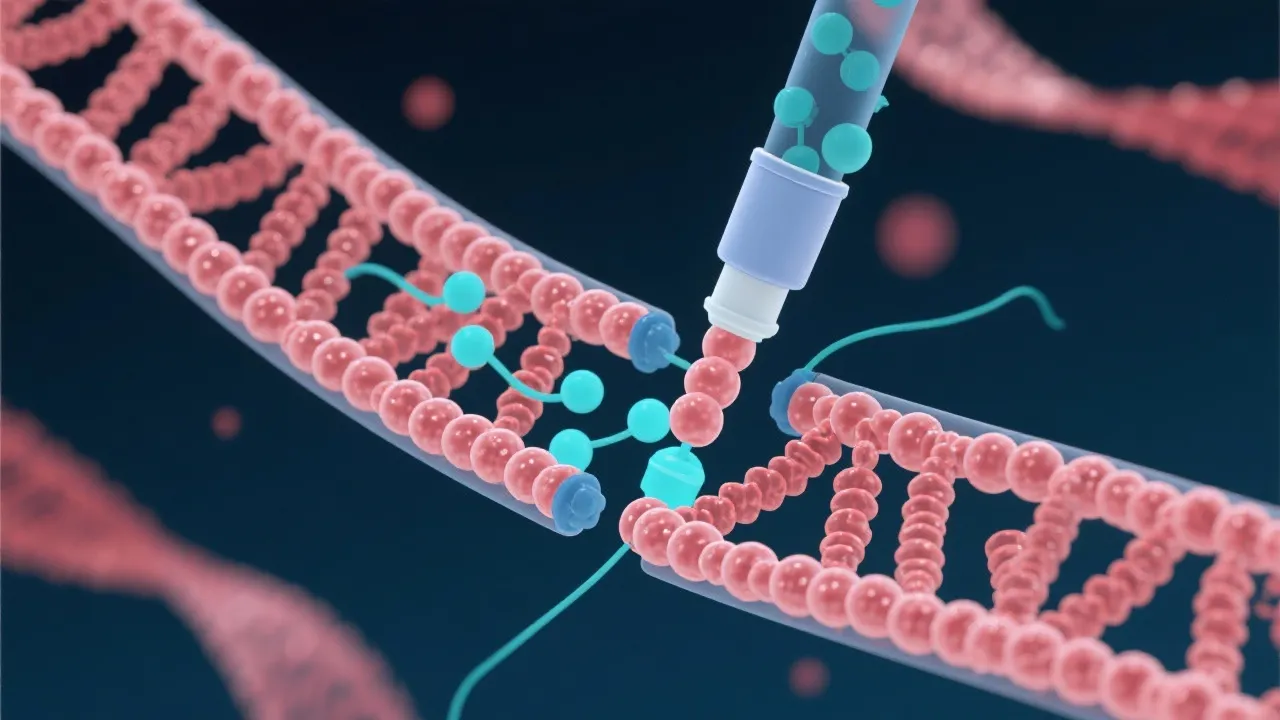
Introduction to mRNA Capping
mRNA capping is a pivotal biochemical modification that occurs at the 5' end of eukaryotic mRNA during and shortly after transcription. This cap is essential for stabilizing mRNA molecules and promoting efficient splicing, export, and translation. The capping process involves the addition of a modified guanine nucleotide, 7-methylguanosine (m7G), which serves as a protective and functional cap for the mRNA strand. The introduction of this cap occurs co-transcriptionally, which means it takes place while the RNA molecule is still being synthesized. This timing ensures that the mRNA molecule is immediately protected from the moment it is created, highlighting the importance of the cap in mRNA lifecycle and functionality.
The Biochemical Pathways and Enzymatic Steps
The process of mRNA capping can be divided into three main steps: the addition of a guanosine triphosphate (GTP) to the first nucleotide of the RNA transcript, the methylation of the added guanine, and the further methylation of ribose in the adjacent nucleotides. These reactions are catalyzed by a series of enzymes: RNA 5'-triphosphatase, guanylyltransferase, and methyltransferase, each playing a unique role in capping the mRNA efficiently. Research indicates that these pathways are tightly regulated and integral to cellular metabolism.
Each enzymatic step is crucial for forming a functional cap; the first step, catalyzed by RNA 5'-triphosphatase, involves the removal of the terminal phosphate from the nascent RNA transcript. This action transforms the triphosphate end of the RNA molecule into a monophosphate form, which is necessary for the attachment of the guanosine nucleotide. Following this, guanylyltransferase adds a guanylate group from GTP, creating a unique 5'-5' triphosphate linkage. Methyltransferase then methylates the guanine at the N7 position and can also methylate the ribose sugars, leading to the formation of the mature cap structure; specifically, 7-methylguanylate (m7G) and other methylation patterns that stabilize the RNA molecule against degradation.
Importance in Cellular Function
mRNA capping plays a multifaceted role in cellular biology. It not only protects mRNA from degradation by exonucleases but also aids in ribosomal recognition for translation initiation. The cap structure functions as a signaling platform that facilitates the recruitment of the ribosomal subunits necessary for translation. Without this cap, translation initiation would be inefficient, if not impossible, demonstrating its crucial role in the synthesis of proteins. Moreover, the cap also interacts with a variety of RNA-binding proteins that are involved in splicing, transport, and stability, further emphasizing its importance in post-transcriptional regulation.
Furthermore, the cap influences the alternative splicing of pre-mRNA, which is a critical process that allows a single gene to produce multiple protein isoforms. Splicing factors can recognize the cap and promote the joining of exons while removing introns, shaping the overall protein output from the gene. This function goes hand-in-hand with the export of mRNA from the nucleus to the cytoplasm, as the cap structure is recognized by the nuclear export machinery, further ensuring that only properly processed and capped mRNA transcripts are allowed to exit the nucleus and enter the translation phase.
Implications in Therapeutic Research and Biotechnology
The mRNA capping mechanism has garnered significant interest in therapeutic research, especially in the realm of vaccine development and gene therapy. mRNA vaccines, such as those developed for COVID-19, rely heavily on the principles of mRNA capping to ensure stability and efficacy. In the context of vaccines, the incorporation of a proper mRNA cap allows for a strong immune response by ensuring that the mRNA remains intact, is efficiently translated into viral proteins, and triggers the appropriate immune pathways. Ongoing research into mRNA modifications seeks to enhance cap stability and translation efficiency, which may lead to improved vaccine formulations that elicit stronger and longer-lasting immune responses.
Moreover, mRNA-based treatments are poised to revolutionize how diseases are treated, with ongoing research continually revealing new potentials and methodologies. In the field of cancer therapy, for instance, mRNA is being explored as a means to deliver antigens that can induce an immune response against tumors. By optimizing the capping and other modifications of therapeutic mRNA, scientists aim to enhance the translation of therapeutic genes directly within patient tissues. This approach could allow for precise targeting of cancerous cells while minimizing damage to normal, healthy tissues.
Additionally, the use of modified nucleotide analogs and synthetic caps can lead to the design of next-generation mRNA molecules that resist degradation, enhance half-life in circulation, and improve translational efficiency. By understanding and harnessing the mechanisms underlying mRNA capping, researchers can create innovative therapeutic applications in various fields beyond infectious diseases, including rare genetic disorders, neurodegenerative diseases, and autoimmune conditions.
Comparative Summary: Enzymatic Steps in mRNA Capping
| Enzyme | Function |
|---|---|
| RNA 5'-triphosphatase | Removes a phosphate from the RNA molecule’s end to prepare it for capping. |
| Guanylyltransferase | Adds a guanosine triphosphate (GTP) to the RNA molecule, creating a unique 5'-5' triphosphate linkage. |
| Methyltransferase | Methylates the added guanine and ribose for stability and function, crucial for the recognition of mRNA by the ribosome and other regulatory proteins. |
Mechanistic Overview of mRNA Capping Regulation
Regulation of mRNA capping is a complex process typified by a range of transcriptional and post-transcriptional controls that ensure proper gene expression. Transcription factors that dictate the initiation of transcription can affect the capping process, in some instances orchestrating a coupling between the transcription machinery and capping enzymes. For example, the recruiting of capping enzymes occurs through their interactions with the RNA polymerase II complex, highlighting the coupling of transcription and capping as crucial for gene expression fidelity.
Moreover, the activity of capping enzymes can be influenced by cellular signaling pathways, which may respond to external stimuli such as stress or nutrient availability. This dynamic relationship means that the capping process itself can be modulated in response to physiological conditions, ensuring that only those mRNAs that are beneficial for the cell's immediate needs are capped and subsequently translated. As a result, the ability to finely tune the capping process may lead to significant implications for cellular responses during development, differentiation, and stress responses.
Advanced Techniques in mRNA Capping Research
Recent advancements in biotechnology have led to the development of sophisticated techniques that allow for deeper insights into mRNA capping processes. Among these are high-throughput sequencing technologies that can precisely map capping patterns on mRNA molecules. This technique enables researchers to examine the prevalence and variations of mRNA caps in different biological contexts, including various tissues, developmental stages, and conditions.
In addition to sequencing, mass spectrometry has emerged as a powerful tool to elucidate the composition and structural characteristics of the mRNA cap and its modifications. This detailed analysis can uncover novel capping mechanisms and the presence of non-canonical cap structures that may play roles in specialized cell types or during specific conditions. Understanding these alternative capping methods could lead to discovering cross-talk between cellular pathways and novel regulatory mechanisms.
Moreover, bioinformatics approaches are increasingly being coupled with experimental techniques to model and predict the effects of capping on mRNA stability and translation. Machine learning algorithms can analyze large datasets to identify patterns in mRNA metabolism and processing, informing future research directions and therapeutic strategies based on mRNA modulation. These developments hold great promise for enhancing our understanding of mRNA dynamics and their implications in health and disease.
Future Directions and Potential Therapies
The future of mRNA capping research is ripe with possibilities as the landscape of molecular biology and genetics evolves. One promising avenue is the exploration of novel therapeutic agents that target capping enzymes directly. Inhibitors or enhancers of these enzymes could potentiate or reduce the capping of specific mRNAs selectively, opening new strategies for drug development that could manipulate gene expression in targeted ways.
Furthermore, the incorporation of mRNA capping in synthetic biology frameworks can lead to the creation of bespoke mRNA constructs designed for specific therapeutic applications. By engineering mRNA with tailored cap structures, researchers could fine-tune the stability and translational efficiency for personalized medicine approaches, enabling the precise treatment of genetic disorders.
Another exciting direction involves the integration of mRNA capping with gene editing technologies, such as CRISPR/Cas9 systems. By equipping CRISPR components with properly capped mRNA strands, it’s possible to improve efficiencies in gene editing and facilitate the delivery of genomic instructions to targeted cells more effectively. This combination of technologies could potentially lead to breakthroughs in gene therapy, repairing genetic defects and providing cures for previously untreatable conditions.
FAQs
What is the primary role of the mRNA cap? The primary role of the mRNA cap is to protect mRNA from enzymatic degradation, facilitate nuclear export, and assist in ribosome binding for translation. Beyond these essential functions, the cap influences various aspects of cellular fate and regulation.
How does mRNA capping affect translation? The mRNA cap acts as a recognition element for the ribosome, enhancing the translation process by ensuring that the mRNA is properly oriented and stable for protein synthesis. It also interacts with various proteins that aid in the initiation and regulation of translation, highlighting its integrative role in gene expression.
Are there any disorders associated with faulty mRNA capping? Yes, defects in mRNA capping can lead to various genetic disorders due to the disruption in gene expression and mRNA stability, impacting protein synthesis. Research has shown links between improper capping and conditions like muscular dystrophy and some neurodegenerative diseases.
What potential does mRNA capping hold for future therapies? Enhancements in mRNA capping techniques are crucial for the development of highly effective mRNA-based therapies, including vaccines and treatments for genetic diseases, by improving stability and translation efficiency. New applications are anticipated to emerge, transforming how we approach many conditions.
How do environmental factors influence mRNA capping? Environmental stresses, such as temperature changes or oxidative stress, can alter the cellular machinery involved in mRNA capping. This modulation can lead to changes in mRNA expression patterns, affecting cellular responses and adaptive strategies in response to the external environment.


